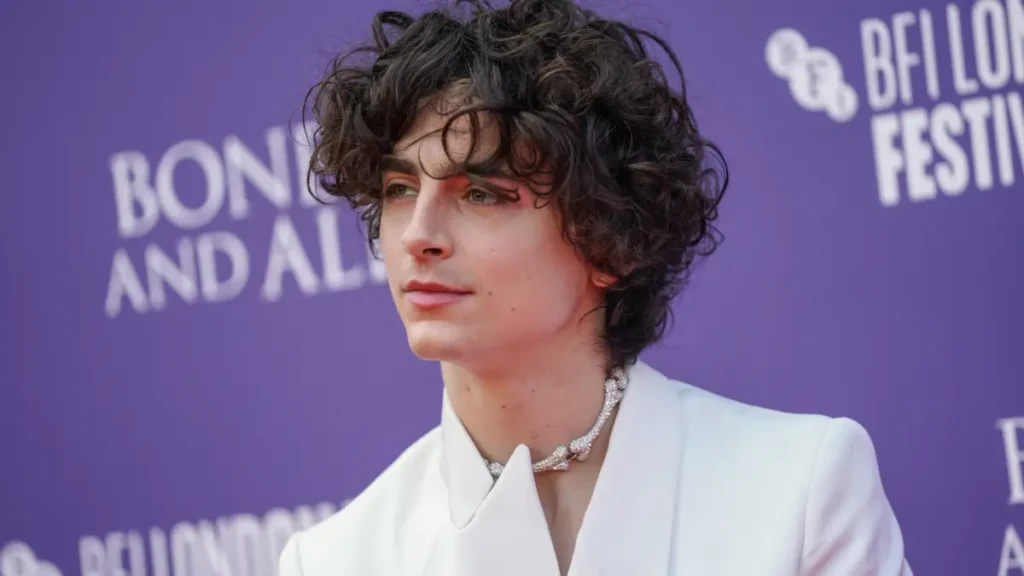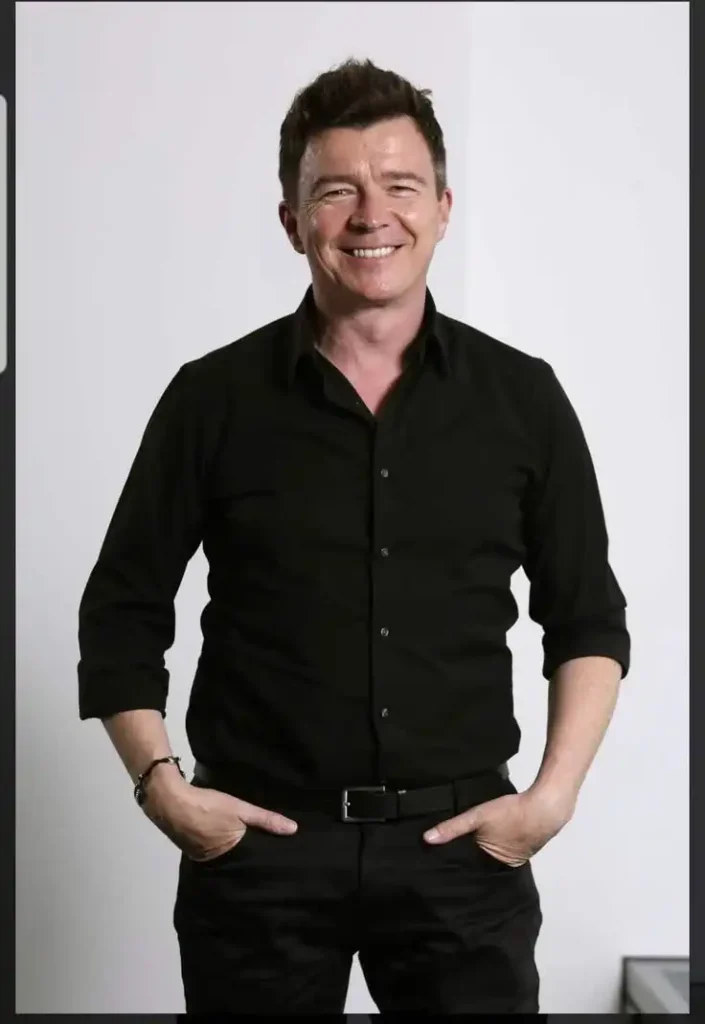The world of design is changing faster than ever, and the rise of the AI image designer is at the heart of this creative revolution. These intelligent tools allow anyone from professional artists to complete beginners to generate stunning visuals in seconds.
Instead of spending hours sketching, editing, or searching for stock photos, you can simply describe what you want, and the AI will bring your vision to life. From realistic product shots to abstract art, AI image designers are breaking the boundaries of traditional creativity.
In this guide, we’ll explore what an AI image designer is, how it works, its benefits, practical applications, and expert tips to get the most out of it.
What is an AI Image Designer?
An AI image designer is a software or web-based tool powered by artificial intelligence that can create, enhance, or modify images based on user instructions. It can work from:
- Text prompts (“A futuristic city at sunset with neon lights”)
- Uploaded reference images
- Style preferences (minimalist, vintage, realistic, cartoon-like)
Unlike manual design tools that require complex skills, AI image designers use machine learning models to understand your input and produce unique visuals almost instantly.
Popular examples include:
- DALL·E by OpenAI
- Midjourney
- Adobe Firefly
- Runway ML
How This AI Visual Creator Works
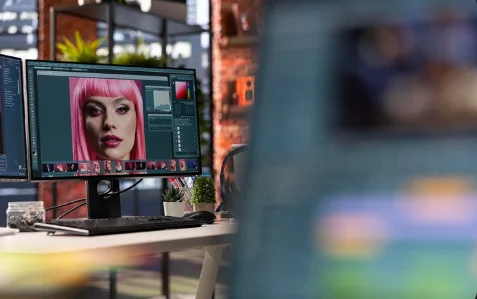
Although it feels like magic, AI image designers rely on advanced algorithms to turn ideas into visuals.
Understanding the Input
When you type a description or upload an image, the AI interprets the request using Natural Language Processing (NLP) and image recognition.
Generating the Image
The AI uses generative models, such as diffusion models or GANs (Generative Adversarial Networks), to create new images pixel by pixel.
Enhancing and Refining
Many AI image designers offer editing options so you can adjust colors, lighting, and details until the result matches your vision.
Output and Export
Once satisfied, you can download the image in various formats for use in marketing, social media, websites, or print.
Benefits of Using an AI-Powered Art Tool
Using AI for image creation isn’t just about saving time; it’s about unlocking possibilities that were once expensive or out of reach.
Speed and Efficiency
Designs that used to take hours can now be generated in minutes.
Cost Savings
No need to hire multiple designers or purchase expensive stock photos.
Unlimited Creativity
AI can produce endless variations, helping you explore new ideas you might never have considered.
Accessibility for Everyone
Even without design training, you can produce professional-quality images.
Consistency in Branding
AI can remember your brand’s colors, fonts, and preferred styles for all your visuals.
Popular Use Cases for AI-Based Design
AI image designers are being adopted across industries because they are incredibly versatile.
Marketing and Advertising
Create campaign visuals, ad banners, and social media content tailored to specific audiences.
E-commerce
Generate high-quality product photos, lifestyle images, and promotional graphics without expensive photo shoots.
Content Creation
Bloggers, YouTubers, and influencers use AI to design thumbnails, infographics, and blog headers.
Art and Illustration
Artists can explore unique styles, get inspiration, or collaborate with AI to produce new works.
Education and Training
Teachers and trainers create engaging visual aids, diagrams, and learning materials effortlessly.
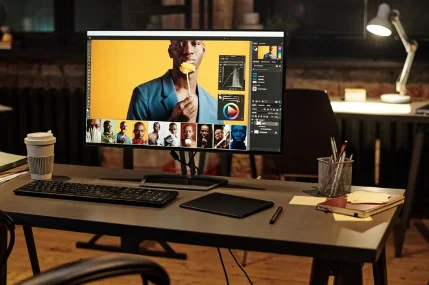
How to Choose the Right AI Image Designer
Selecting the right AI image designer depends on your goals, budget, and creative needs.
First, think about the type of images you want to produce. If you’re focused on photorealism, tools like DALL·E or Adobe Firefly excel at detailed and realistic outputs. For more artistic and abstract work, Midjourney might be a better fit.
Check the available features before committing. Look for high-resolution export options, editing capabilities, style customization, and prompt flexibility. Usability is also important; if you prefer a simple, beginner-friendly interface, choose a platform that offers an intuitive design process.
Pricing should also play a role in your decision. While free versions are great for experimentation, premium plans often unlock better quality, faster processing, and full commercial rights.
Free vs Paid AI Image Designers
Both free and paid AI image designers have their place.
Free tools are perfect for trying out the technology or creating images for personal use. However, they may limit resolution, customization, and download formats. Some also place watermarks on images.
Paid tools remove these limitations, offering professional-grade results suitable for commercial projects. They typically include advanced editing tools, priority processing, and a wider variety of styles and templates. If your business relies heavily on visuals, investing in a premium plan can be more cost-effective in the long run.
Best Practices for Using an AI Image Designer
While AI does much of the heavy lifting, your input still shapes the final result.
Be as descriptive as possible when writing prompts. Instead of “a dog in a park,” try “a golden retriever running through a sunlit park with autumn leaves falling.” This level of detail helps the AI understand your vision more accurately.
Keep your branding in mind. If you use specific colors or styles, mention them in your prompt or upload reference images. After generating an image, don’t skip the refinement stage; small adjustments to composition, lighting, and text placement can significantly improve quality.
Finally, save successful prompts for future projects. Reusing proven instructions can help you maintain consistency across your visuals.
Real-World Examples of AI Image Designer’s Success
Small businesses, marketing agencies, and even independent creators are using AI image designers to great effect.
A boutique clothing store uses AI-generated lifestyle photos to showcase products on Instagram without hiring models or renting studios. Marketing agencies cut campaign creation time by using AI for ad mockups and social media content. Independent artists collaborate with AI to create digital art prints they sell online.
These examples prove that AI isn’t replacing human creativity; it’s amplifying it, allowing people to produce high-quality visuals at scale.
Common Mistakes to Avoid with AI Image Designers
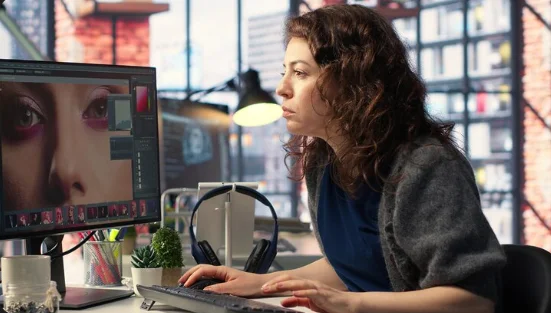
One of the biggest mistakes is relying entirely on AI without adding a personal touch. AI can generate a strong starting point, but without refinement, designs can feel generic.
Another common error is ignoring copyright and usage rights. Some AI-generated content may still have restrictions depending on the platform you use. Always review the licensing terms before using images commercially.
Overcomplicating prompts can also backfire. While details are important, overly complex instructions can confuse the AI and lead to mismatched results. Finally, avoid using AI-generated visuals that clash with your existing branding; consistency is key for audience recognition.
Advanced Tips to Get the Most from an AI Image Designer
Once you’re comfortable with the basics, there are ways to push AI image designers even further. Experiment with style references; you can upload an image or name a well-known art style to influence the AI’s output. You can also chain multiple prompts together, generating a base image first and then refining it with a second prompt for more detail or a different mood.
Consider using multiple AI tools in combination. One tool might be better at generating the initial composition, while another excels at refining textures or colors. Saving prompt templates that have given you great results in the past will also speed up your workflow and help maintain consistency across projects.
Integrating AI Image Designers into Your Workflow
AI image designers are most effective when they’re part of a larger creative process. If you manage a marketing team, AI can generate quick mockups for client approval before final production. Content creators can integrate AI into their content planning, for example, producing an entire set of blog post images in one session.
Connecting your AI image designer to cloud storage or collaboration platforms makes sharing and reviewing designs much easier. For agencies, AI-generated visuals can serve as placeholders during development, ensuring layouts are finalized before investing in custom photography or illustration.
How AI Image Designers Support SEO and Digital Marketing

Visuals are a critical part of search engine optimization. AI-generated images can be optimized for fast loading without losing quality, which improves page speed, a ranking factor for Google.
Custom images also make your content stand out in search results and social media, increasing click-through rates. Infographics and visual storytelling pieces can generate backlinks when other websites share them, boosting your domain authority.
For e-commerce, unique product images created with AI can help your listings stand out on marketplaces where competitors use similar stock photos.
Future Trends in AI Image Design
The next few years will bring exciting developments in AI image design. We can expect more realistic rendering, with AI being able to match complex lighting and textures that rival professional photography. There will likely be deeper integration with 3D modeling, enabling instant creation of assets for AR and VR experiences.
Voice-prompted design will also become more common, allowing users to simply describe their vision verbally. Automation across platforms will mean creating a single design that automatically adapts for multiple social media channels, print layouts, and websites without manual resizing.
Choosing AI Image Design Trends That Work for You
Not every new trend will fit your needs, so it’s important to be selective. Focus on tools and updates that directly improve your workflow or strengthen your brand identity.
If your main challenge is speed, prioritize AI platforms that can deliver results quickly without sacrificing quality. If your goal is uniqueness, choose tools with strong customization and style transfer capabilities. Staying aware of industry changes will help you adopt the right innovations at the right time.
Conclusion
The AI image designer is changing how we approach creativity, making professional-quality visuals accessible to everyone. Whether you need product photos for your online store, marketing graphics for a campaign, or artistic concepts for a personal project, these tools can deliver results in minutes.
By combining speed, affordability, and flexibility, AI image designers are empowering individuals and businesses to compete at a higher level without massive design budgets. The future of visual creation will only become more intelligent, customizable, and integrated, meaning now is the perfect time to explore what AI can do for you.
FAQs
- What is the difference between an AI image designer and traditional design software?
An AI image designer generates visuals automatically based on your prompts, while traditional design software requires manual creation and more technical skills. - Can AI image designers create high-resolution images?
Yes, most paid AI platforms allow you to generate and export high-resolution images suitable for print or professional use. - Are AI-generated images copyright-free?
It depends on the platform’s terms. Some AI tools grant full commercial rights to paid users, while others may have restrictions. - Can I use AI image designers for branding?
Absolutely. Many businesses use them to create consistent branded visuals, logos, and marketing assets. - Do I need design skills to use an AI image designer?
No. These tools are built for ease of use, allowing beginners to create professional designs quickly.








